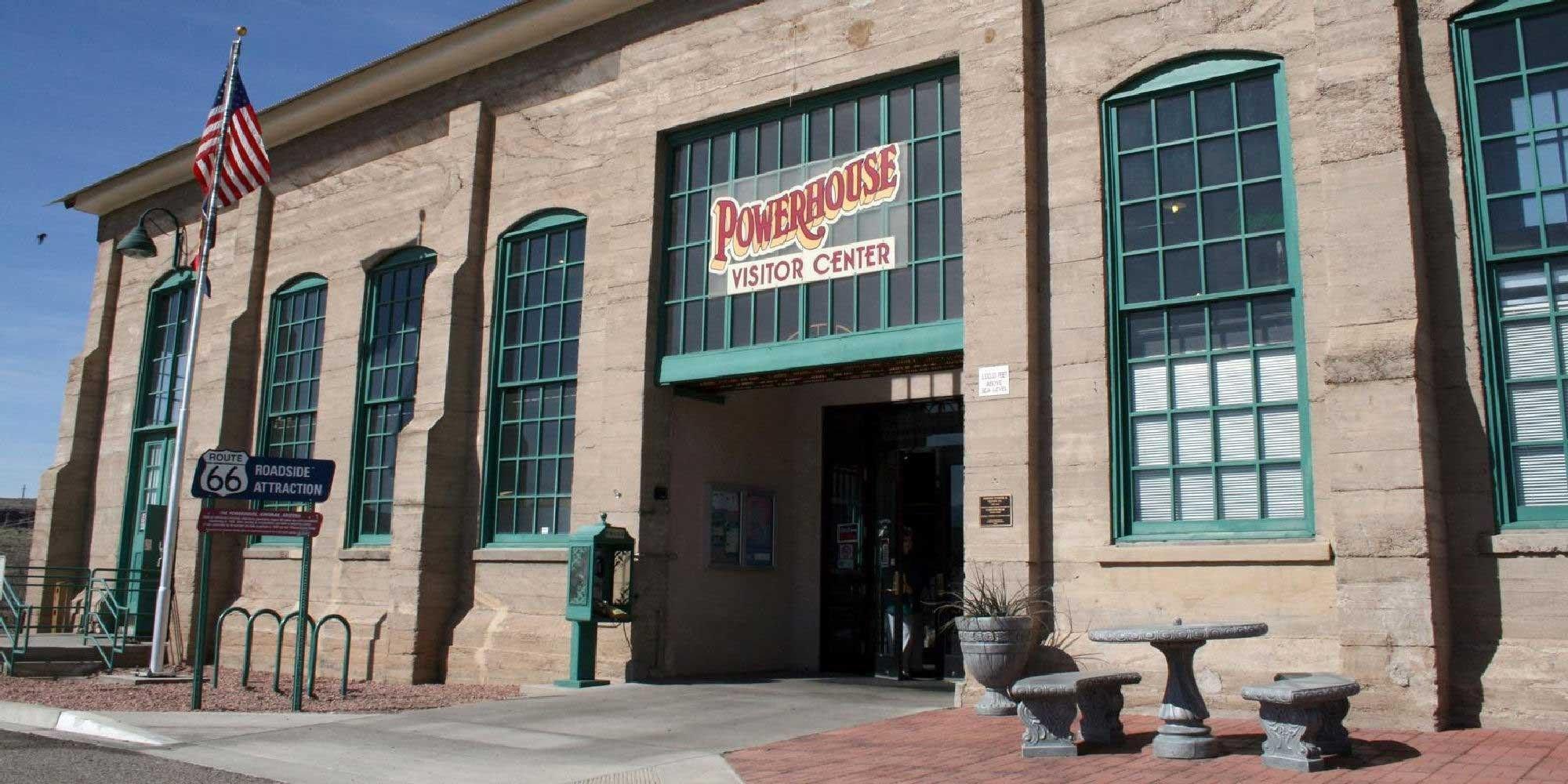White Cliffs Wagon Trail is part of an old wagon route used in the late 1800s to bring ore from the Stockton Hill Mines to the railroad. The wagon tracks have been cut deep into the stone and there are depressions along both sides of the roadbed, which were used for stubbing posts and ropes to help get the heavy wagons up and down the grade.
History: The road was probably built by FF Brawn in 1890 to replace a poorly conditioned road to the mines at Stockton Hill. It was used to for heavy wagons filled of ore from the booming mining company at Stockton Hill (about 5 miles north of present day Kingman) and tufa stone from an adjacent canyon which was used in the construction of several buildings in Kingman. Information provided by the Mohave Museum of History & Arts.
"It was used extensively to haul ore from the mines of Stockton Hill to the sampling works in Kingman. It was the heavy ore wagons that gave the road its distinctive wagon wheel ruts and snubbing post holes. " - Mohave County Historian Dan Messersmith
On a hillside rock, an old painted advertisement sign can still be seen reading “You are welcome at the Old Trails”, a Kingman saloon from around 1900. Many saloons abounded at the time in the mining town of Kingman with colorful names such as The Nighthawk and Bucket of Blood.
Use of the road began to decline after a new road was made around 1910, partly aligned with present day Route 66. It completely went into disuse following the flooding of the canyon in 1925.
 H: 103°
H: 103° H: 103°
H: 103° H: 99°
H: 99° H: 100°
H: 100° H: 101°
H: 101°













